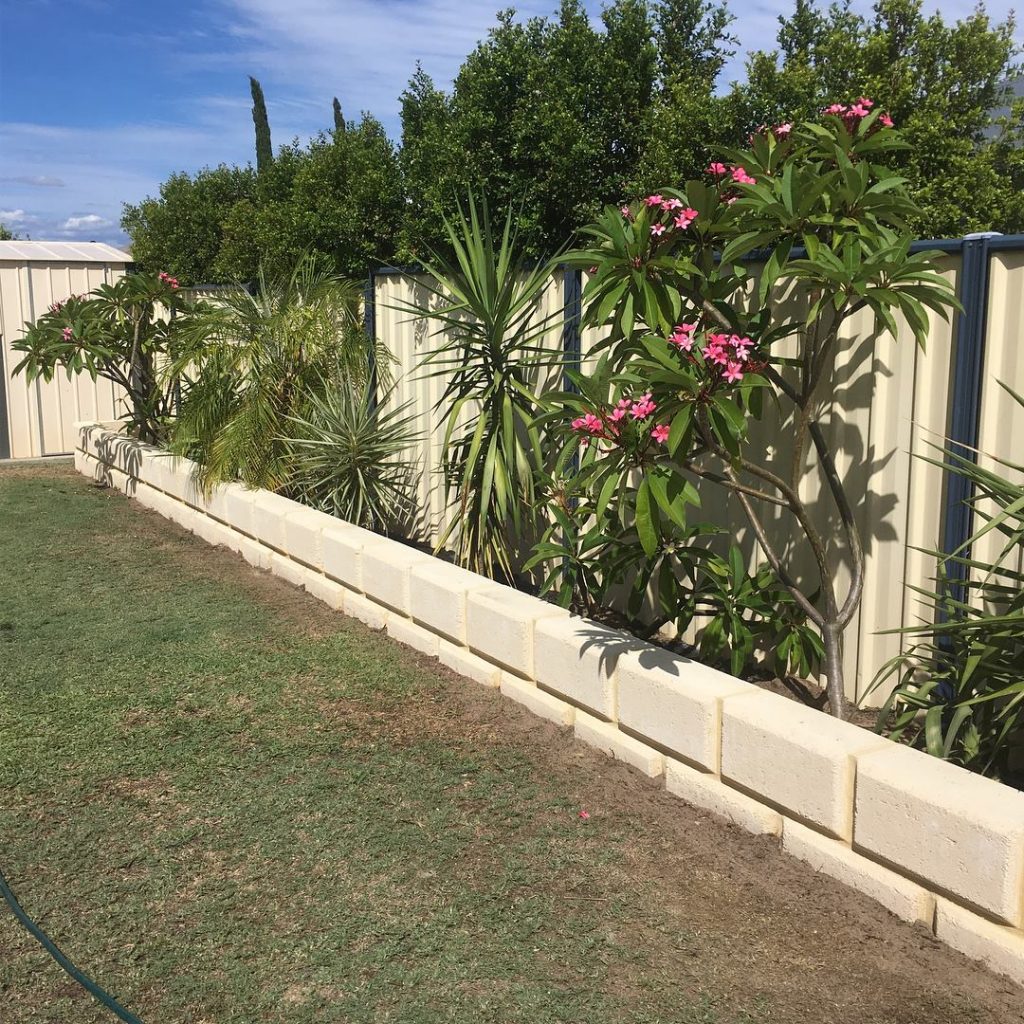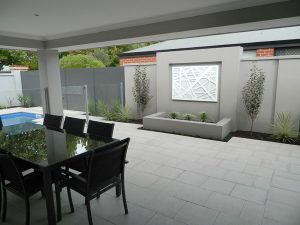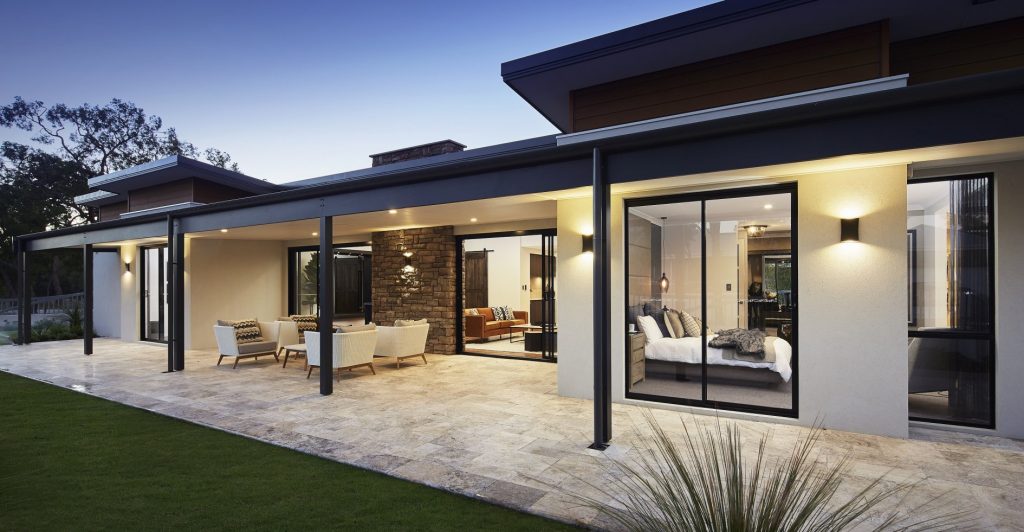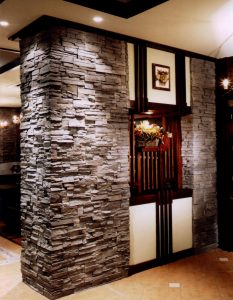Limestone has a wide range of applications. As a natural building material, it’s used as a component of concrete, as well as an ingredient in many toothpaste and paint products. Throughout history, it’s also been used in many famous buildings, from the Pyramids in Egypt to the columns of the Parthenon.
Its durable and versatile nature also makes it a perfect building material to use in your Perth home or business. At Remastone, we specialise in manufacturing high-quality reconstituted limestone blocks for use in a variety of landscaping and interior feature projects.
Locally Sourced and Manufactured Limestone
To make our reconstituted limestone blocks, we mix crushed limestone with a small amount of cream cement. We source our natural limestone from quarries around WA and manufacture it at our factory in Bibra Lake.
As a family owned and operated business, we’re committed to supplying the highest quality product using only the best local materials. Discover the many benefits to be gained from using our limestone blocks in your residential or commercial property.
Durable
Pure limestone is one of the most resilient natural building materials. When combined with cement, it becomes an even more hardwearing product than the unrefined material. It has the strength to endure the harsh Perth climate, even during the hottest months of the year.
While natural limestone will eventually discolour, reconstituted limestone will slow this process, also leading to minimal wear and tear over time. Reconstituted limestone also discourages growth of mould and moss that can be prevalent in gardens and outdoor areas.
Although limestone will incur a small amount of corrosion over time, this will only impact the aesthetic and shouldn’t affect the structural integrity.
Beautiful
Limestone is a distinctive natural stone that many choose due to its timeless, classic look. There are many different types of limestone that come in a variety of finishes, from smoother surfaces right through to more raw and rugged textures. Each reconstituted limestone block is completely unique and is available in a range of creamy shades.
Adaptable
While natural limestone can be used in many ways, reconstituted limestone is even more multipurpose. As it is created in moulds, is can be formed into blocks or specific shapes. Blocks can be created with bevelled edges or moulded into caps to be used on gate pillars or perimeter walls. The large range of shapes and sizes allows it to be applied to all sorts of projects.
Building with Limestone
Reconstituted limestone is suitable for both indoor and outdoor applications. It’s easy to work with and it can be used to create stunning features, such as a fireplace or water feature. From retaining walls to garden edging and pool paving, it can be used in a variety of different ways.
As it has excellent acoustic and thermal insulation properties, you can use it for soundproofing or to help keep areas warm in winter and cool in summer.

The Remastone Difference
We offer one of the largest ranges of limestone products in WA. From Fremantle to Yanchep and everywhere in between, we service the entire Perth metro area. We can also deliver to anywhere in the South West, as well as some other regional areas in WA.
At our showroom in Bibra Lake, we can talk you through the properties of reconstituted limestone in more detail and provide you with the opportunity to view the product and its unique varieties.
As Perth’s leading limestone manufacturer, we are always here to help. Contact us to find out more about how reconstituted limestone can elevate any residential or commercial project.
The post Limestone: Where does it come from and what is it good for? appeared first on Remastone Blog.
 Weeding
Weeding Stains
Stains





